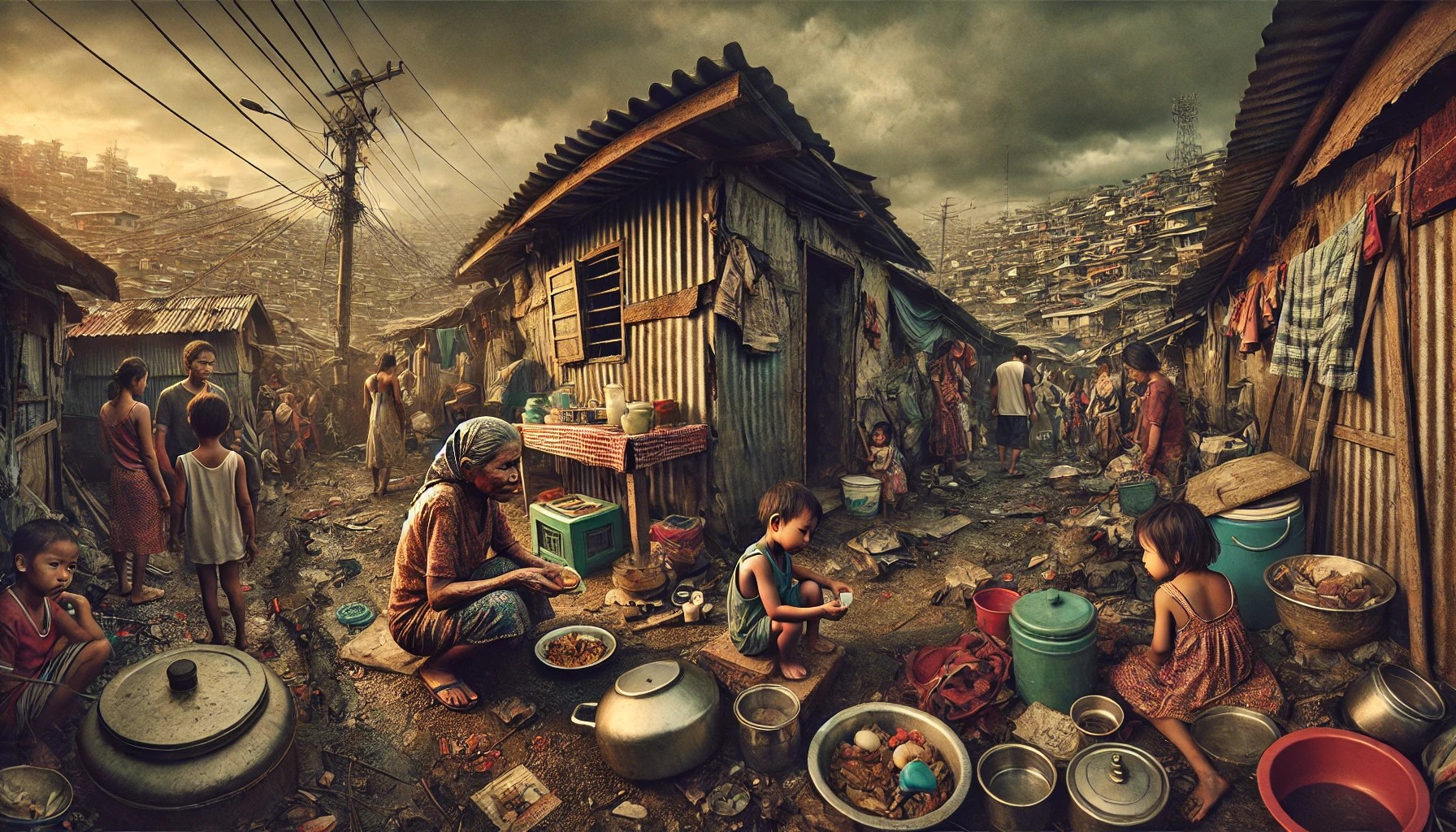Echoes of Hunger: A Stark Reality in the Philippines’ Poverty Struggle
In the Philippines, the struggle against poverty is an ongoing battle marked by stark contrasts and deep regional disparities. Recent surveys reveal that approximately 13.2 million Filipino families, or nearly half of the population, still consider themselves poor, highlighting a persistent crisis that continues to affect millions.
A survey conducted by OCTA Research indicates a modest improvement, with 11.1 million families reporting themselves as poor, a slight decrease from 11.9 million in the previous quarter. However, this modest progress is overshadowed by troubling trends in specific regions. In Mindanao, for example, self-rated poverty has surged dramatically to 71%, a stark increase from previous levels. This stands in sharp contrast to the 29% reported in the National Capital Region (NCR) and 28% in Luzon, emphasizing the uneven distribution of economic recovery across the country.
The Philippine Statistics Authority (PSA) reports that nearly 900,000 Filipinos escaped poverty in the first half of 2023, bringing the national poverty incidence down to 22.4%. This improvement is partly attributed to the country’s economic reopening post-pandemic, which has helped boost incomes, especially among the poorest segments of the population. The poorest 10%, for instance, saw their per capita income increase significantly, providing a glimmer of hope for many.
Despite these positive developments, the specter of hunger remains a formidable challenge. According to recent data, 11% of families continue to experience involuntary hunger, which affects approximately 2.9 million families nationwide. This figure, while slightly improved from previous quarters, underscores the persistent nature of economic hardship for many Filipinos.
The surveys also highlight other critical issues, such as the growing food poverty. In regions like the Visayas and Mindanao, the percentage of families identifying as food-poor has risen, exacerbating the overall sense of economic insecurity. The gap between the income required to meet basic needs and the actual earnings of many families remains significant, further complicating efforts to alleviate poverty.
These findings underline the complex and multifaceted nature of poverty in the Philippines. While there are signs of recovery and progress, particularly in urban centers and certain regions, the overall picture remains one of significant struggle and inequality. The government’s goal of reducing poverty to a single-digit rate by 2028 remains a critical target, requiring sustained and targeted interventions to address the diverse and deep-rooted causes of poverty across the nation.

